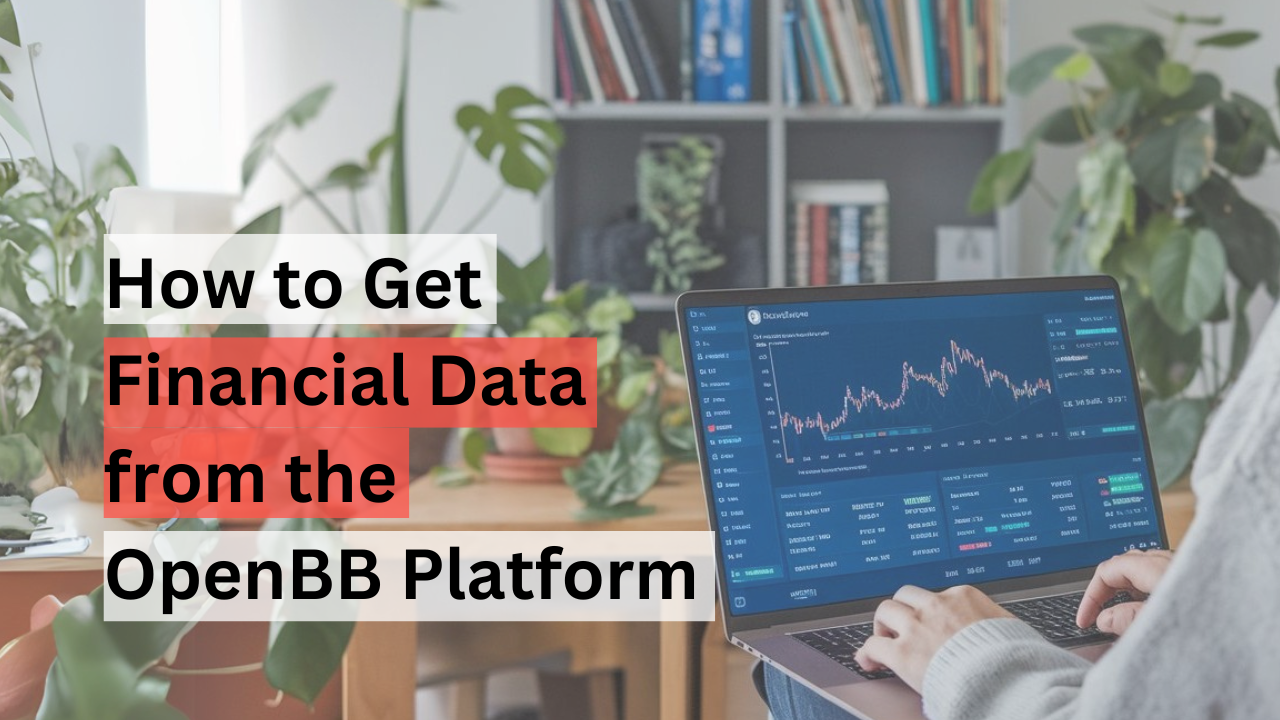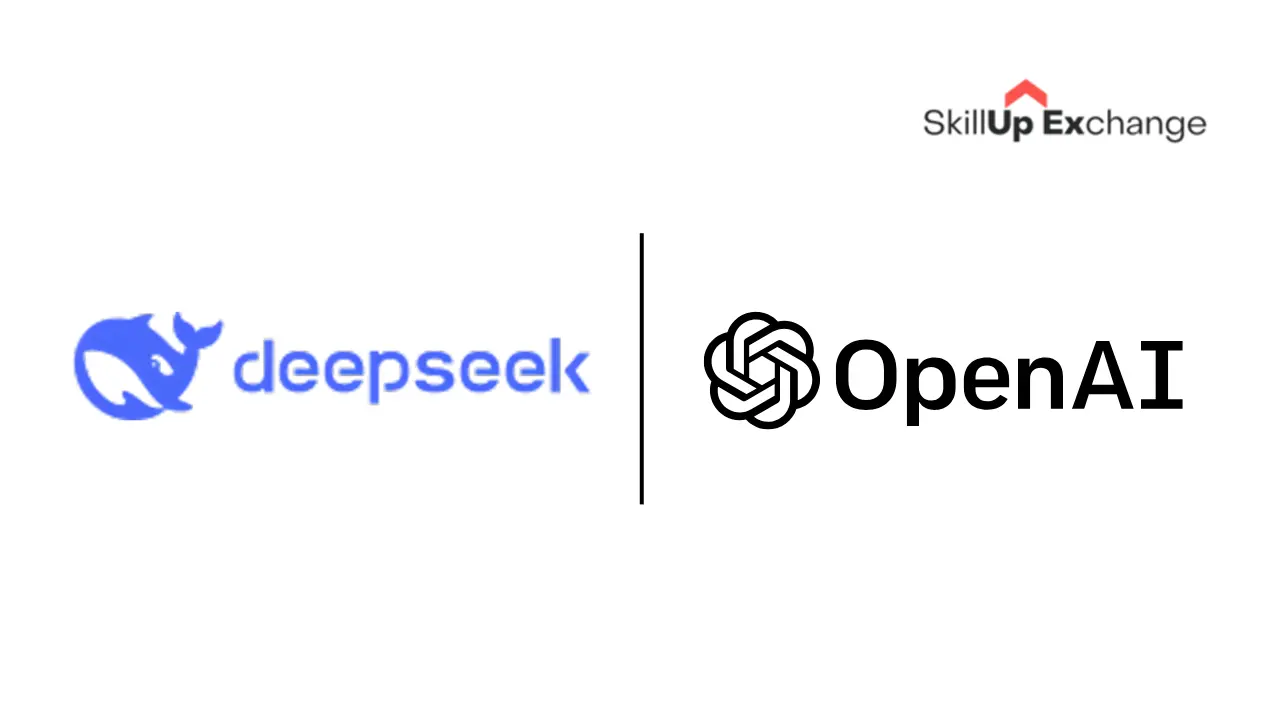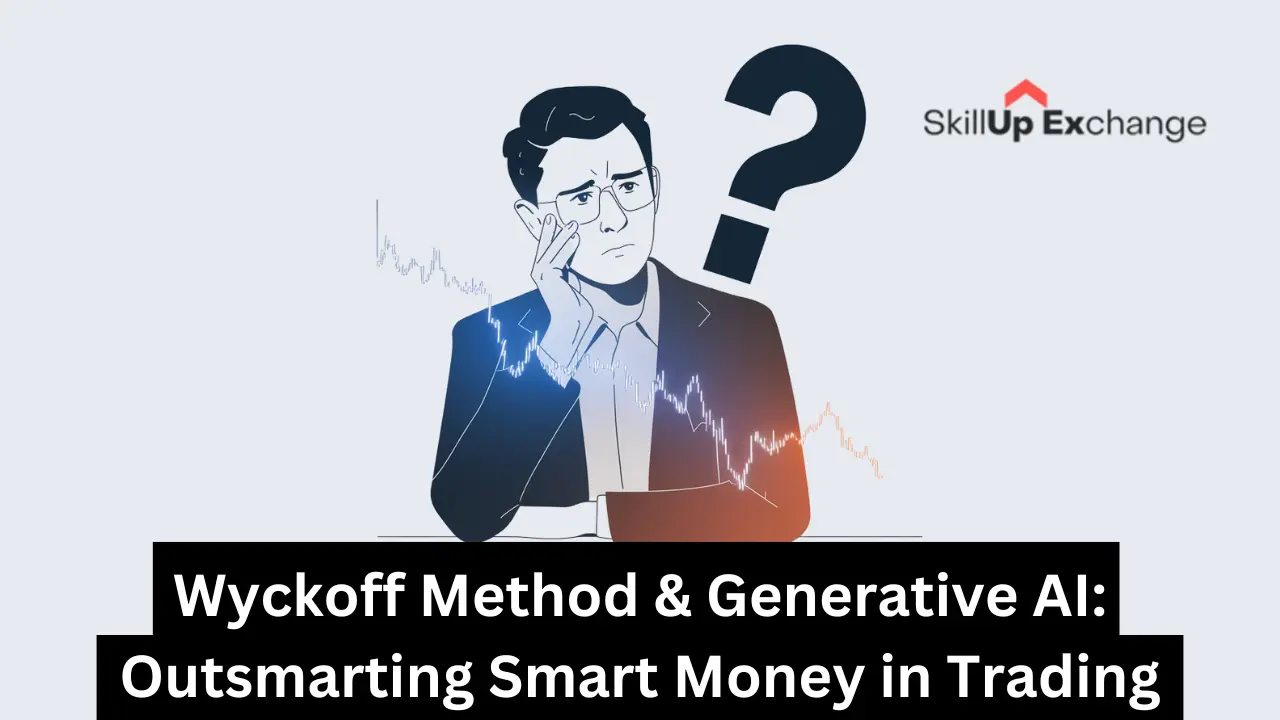How GenAI-Driven Algorithmic Trading Systems Can Protect You Amid Changing Tariffs and Trade War-Driven Volatility
Global trade tensions are flaring up once again, putting financial markets on edge. New rounds of tariffs and retaliatory measures – for example, fresh U.S.-China import taxes – have reignited fears of a spiralling trade war and even recession.
Such geopolitical uncertainty historically send shockwaves through equities, currencies, and commodities, creating sudden volatility and uncertainty for investors. In this environment, forward-thinking financial leaders are turning to an unexpected ally: Generative AI (GenAI). Recent advances in GenAI promise to help investors and institutions navigate turbulent markets by rapidly analyzing complex data and adapting trading strategies in real time.
This blog will explore how GenAI-driven algorithmic trading systems can act as a stabilizing force amid tariff shocks, drawing lessons from past trade war volatility and highlighting emerging tools that CEOs, CFOs, and investors should have on their radar.
How GenAI Helps Investors During Trade-Induced Volatility

Generative AI-driven trading systems offer several cutting-edge capabilities that can help investors and institutions ride out the storm of trade volatility. By leveraging GenAI, trading algorithms become faster, smarter, and more responsive to the unpredictable ripple effects of tariffs and trade disputes. Below, we break down a few key areas where GenAI adds value:
- Real-Time Data Analysis and Sentiment Detection: Markets move on information, and in a trade war scenario information comes fast and furious – government announcements, news reports, tweets, and even supply chain data. GenAI can serve as an always-on market analyst scanning these vast information streams in real time. For example, a GenAI system can rapidly parse news headlines, tweets, and official statements and determine the market sentiment or implications. These natural language algorithms identify patterns and trends that human traders might miss, processing breaking news and global social media chatter at superhuman speed
A rumor of new tariffs starts trending, a GenAI model can instantly flag it and even analyze the credibility and tone (e.g. distinguishing a serious policy announcement from a speculative comment). This real-time pulse-taking is invaluable amid trade disputes. In one academic study, researchers found that an LLM like ChatGPT could read earnings call transcripts and produce forward-looking analysis that aligned with successful hedge fund trading moves, resulting in 3–5% higher annual returns for those funds (linkedin.com).
- AI-Driven Risk Management and Portfolio Optimization: In volatile trade war scenarios, risk management becomes priority #1 for CFOs and portfolio managers. GenAI-enhanced trading systems excel at dynamically assessing portfolio risk and recommending optimal adjustments. These models can continuously analyze a wide range of factors – from market trends and economic indicators to each asset’s exposure to tariff impacts – and suggest portfolio changes to minimize risk while maximizing returns
For instance, if new tariffs on electronics are announced, a GenAI system could quickly assess your portfolio’s exposure and suggest hedging trades—such as increasing positions in unaffected sectors or using derivatives. Its strength lies in detecting non-obvious correlations that humans might miss, thanks to its training on vast market data. - Predictive Modeling and Scenario Simulation: Perhaps one of the most exciting advantages of GenAI in volatile markets is its ability to perform sophisticated “what-if” analyses. Generative AI can create synthetic data and plausible scenarios to help traders envision the future. For example, a GenAI-driven platform could simulate various trade war escalation scenarios: What if country A imposes a 25% tariff on autos? What if currency retaliation follows? By crunching historical data and learned patterns, the AI can generate simulated market reactions for each scenario, giving investors a preview of potential outcomes.
It’s worth noting that these GenAI capabilities don’t operate in isolation; when combined, they create a powerful feedback loop. Real-time analysis feeds into risk management systems, which then inform scenario models, and the insights from scenario tests loop back into adjusting real-time strategy. By deploying such GenAI-driven algorithmic trading systems, investors can effectively create a shield against the chaos of trade war headlines – digesting information faster, managing risks more precisely, and staying one step ahead of market moves.
Case Studies: GenAI in Action for Volatile Markets
GenAI in trading is not just theoretical; it’s already being put to work by savvy financial institutions. Early adopters are demonstrating how AI can confer an edge in navigating trade-driven uncertainty.
Hedge Fund Signal Extraction
A fascinating study by finance academics (University of Florida and others) offered a quasi–case study of GenAI’s potential. Researchers examined 633 hedge funds and found that those whose trading decisions aligned with signals extracted by ChatGPT from earnings call transcripts enjoyed significantly higher returns (3–5% annually). (linkedin.com)
While this doesn’t necessarily mean these funds were actively using ChatGPT, it suggests that GenAI’s analysis of textual data was capturing real market signals that savvy traders also picked up on. This proof-of-concept shows that GenAI can distill useful investment intelligence from unstructured data—like management comments on trade conditions or supply chain issues—that correlates with market outperformance.
TradeGPT for Retail Investors
It’s not just institutional players—retail investors are starting to get GenAI tools at their fingertips. In early 2024, fintech firm TradeAlgo launched TradeGPT, one of the first generative AI trading assistants designed specifically for retail traders.
TradeGPT is a language model trained on extensive historical market data that allows everyday investors to interact in natural language—asking questions like “How might new tariffs on electronics affect my tech ETF holdings?” or “What’s the outlook for gold if the trade war worsens?” The AI provides insights or suggestions in plain English, backed by its analysis of data and Wall Street research.
These examples illustrate a common theme: GenAI is moving from buzzword to practical tool in finance.Firms report that generative AI can generate more accurate trading signals, improve risk management, and generally enhance the performance of their strategies.
The Future: GenAI and Evolving Trade Dynamics
Looking ahead, the interplay between advancing GenAI technology and an unpredictable trade environment will likely shape the next generation of trading strategies.
One likely scenario is an AI arms race on Wall Street. As more investors adopt GenAI-driven systems, the edge from basic AI tools could diminish – if everyone has a similar trading AI, their insights become “table stakes.” Indeed, analysts point out that if everyone uses the same technology, any one fund’s advantage can wane, which only fuels the drive for even more advanced innovation to stay ahead.
This means firms will invest in customizing and training AI on unique proprietary data to differentiate their models. We might see, for instance, specialized GenAI models for different market niches: one tuned to commodities trading, another to macroeconomic trends, and so on. The emergence of domain-specific large language models like BloombergGPT, a 50-billion parameter model built specifically for financial language tasks, is a harbinger of this trend
BloombergGPT is being integrated into financial terminals to assist with tasks like news summarization, Q&A on market data, and even headline analysis to determine a news story’s impact on a company’s outlook
In essence, the future of trading in the context of trade wars is likely to be AI-rich and fast-evolving. Investors who embrace GenAI will be better positioned to handle whatever comes, whether it’s a new tariff on an unexpected sector or an entirely new kind of trade dispute.
Conclusion: Embracing GenAI for Resilience in Turbulent Times
Tariffs and trade wars will always inject uncertainty into the markets – that is beyond any CEO or investor’s control. What is within our control is how we prepare and respond. As we’ve discussed, GenAI-driven algorithmic trading systems offer a powerful buffer against trade-induced volatility.
These systems can digest breaking news in milliseconds, adjust portfolios on the fly, predict potential outcomes, and do it all while most human analysts are still reading the first paragraph of a news article. In turbulent times, GenAI can be the difference between knee-jerk reactions and confident, data-driven decisions.
Complete Course: GenAI & Python for Algorithmic Trading
It’s not about man versus machine, but rather man plus machine: when human judgment is enhanced by AI’s speed and breadth of analysis, investors gain a formidable advantage in protecting and growing value.The call to action for financial leaders and investors is straightforward: start exploring and investing in GenAI capabilities now.
That could mean upskilling your team in AI, partnering with fintech firms that provide GenAI insights, or building bespoke AI models around your proprietary data. In a world where change is the only constant – and where trade conflicts can erupt overnight – GenAI-driven trading systems offer a welcome measure of adaptability and foresight. .




